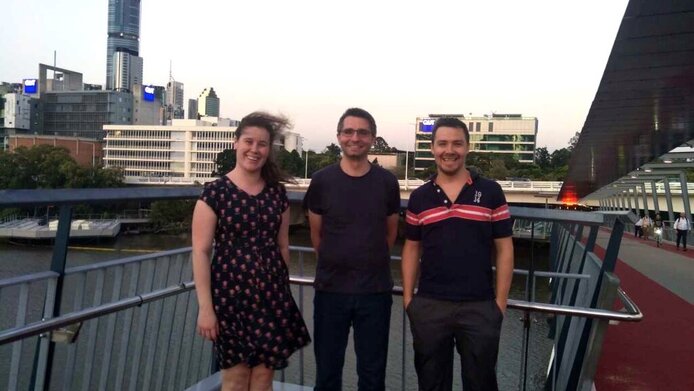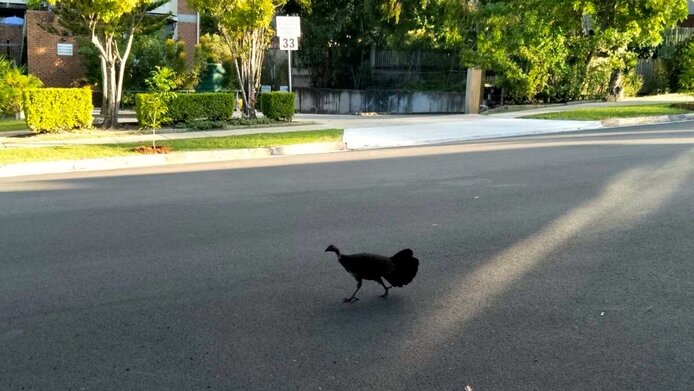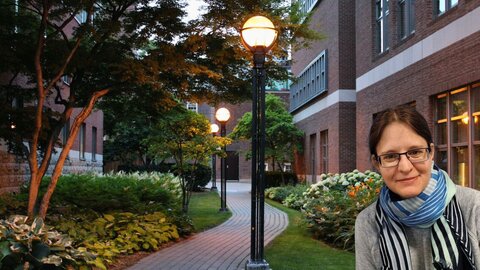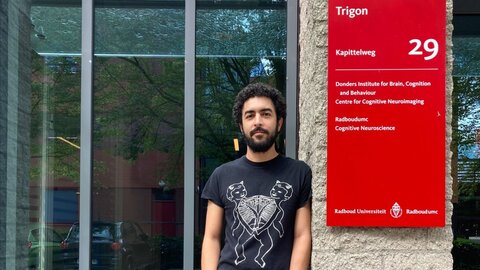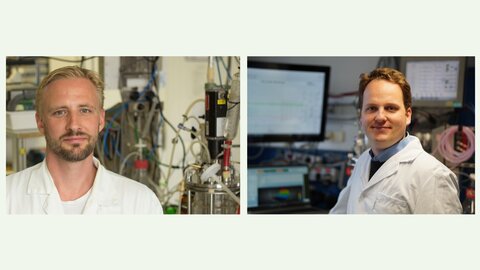Optimal conditions in Brisbane
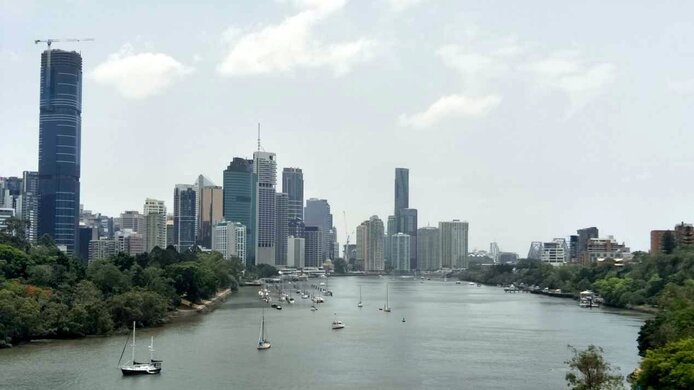
During my doctoral studies, I became aware of a group at Queensland University of Technology (QUT) who were doing research, at about the same time as our group in Linz, on simulation-based statistical experimental design for models that were difficult to evaluate. Since my motto is “co-operation is better than rivalry”, we contacted Christopher Drovandi and James McGree from QUT in order to explore possible routes for cooperation. In the process, the idea came up that a Schrödinger fellowship would be ideal for intensifying this cooperation. After both researchers had come for short visits to the University of Linz at our invitation, I was completely persuaded to pursue the possibility. Fortunately, I was granted the Schrödinger fellowship.
Optimal experimental design
Statistical experimental design is quite generally about determining the controllable factors of an experiment in advance, in such a way as to maximise the expected gain of knowledge about the underlying process. Many statistical models are so complicated, however, that they cannot be optimised by mathematical-analytical methods. Our approach uses simulations of the statistical models to estimate the information gain resulting from the experiment. Cell experiments are one of the fields where our methodology can be used to advantage. Our method helps to determine the optimal time of observation for the cell experiment in order to find out which model can best explain the development of the number of bacteria within macrophages (scavenger cells).
Trial and error
Since our approach requires a great deal of computing power, it has so far been limited to relatively simple experimental designs. The aim of my Schrödinger project is to further develop the simulation-based methods in such a way as to accommodate more complex designs. The intensive exchanges with my colleagues at QUT helped me in more than one way: I was able to discard ideas that lacked potential but also to develop new approaches by using methods from machine-learning that promise great increases in efficiency.
Austrian-Australian connections
By Australian standards, Queensland University of Technology is a small to medium-sized university offering a similar array of courses as the University of Linz. While the QUT School of Mathematical Sciences is smaller than the corresponding department in Linz, QUT also houses a branch of a large research centre financed by the Australian Research Council. Many doctoral students and postdocs from all areas of statistics work at that branch. Even though I do not co-operate directly with them, I was able to learn a lot through conversations and attending their seminars. I admire the way in which these doctoral students motivate each other and share statistical methods, programming skills and good scientific practice.
Far away and yet so near
Even outside of the university, Brisbane was a positive surprise for me in every respect. The people are relaxed, friendly and courteous. Throughout most of the year there is perfect weather, and everything works smoothly despite the casual atmosphere. Most of the public infrastructure is in very good condition as well. As a Central European, it took me no time at all to get used to living in Brisbane. I am also grateful to Australia for using exclusively the metric system! Given that Queensland phone numbers start with 07 just like in Upper Austria, and the postal code there and here starts with 4, it seems almost as though I had never left my homeland.
